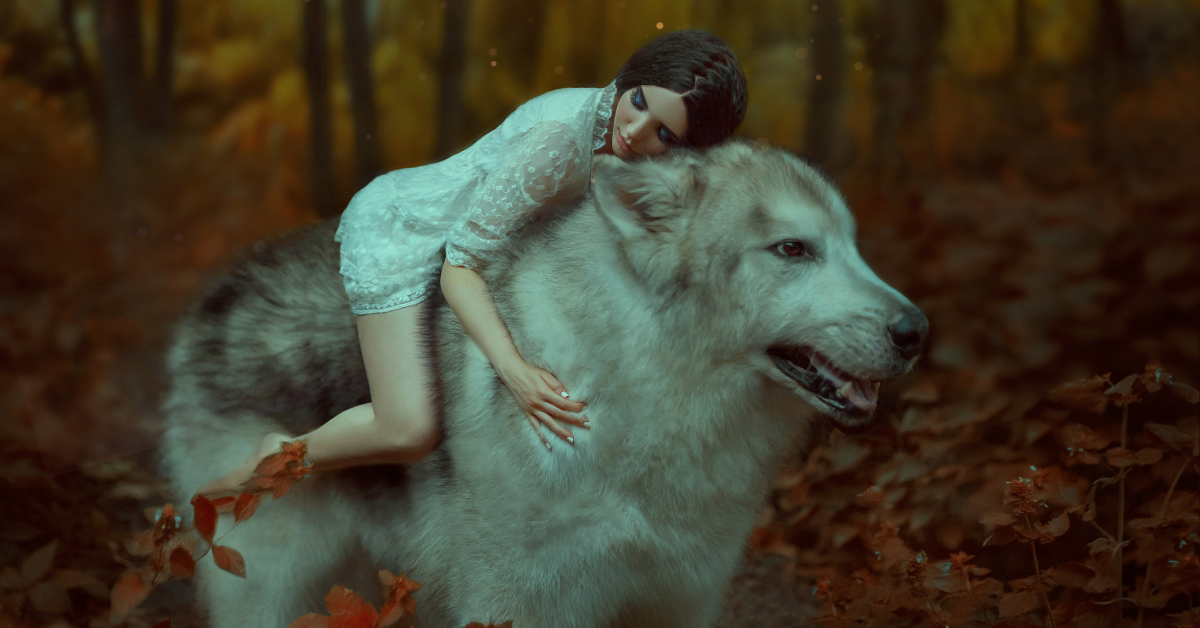Released in 1997, Princess Mononoke is more than just an animated fantasy. For Japanese audiences, it reflects deep cultural values and a spiritual connection with nature. This article explores how Japanese people have evaluated the film, focusing on its cultural background, societal impact, and lasting significance.
Cultural Background in Japan
One of the main reasons why Japanese people highly value Princess Mononoke lies in their views on nature and religion. Japan has the idea of “eight million gods,” meaning that spirits dwell in trees, mountains, and rivers. The Shishigami and wolf gods in the film embody this worldview. The setting, reminiscent of the Muromachi period, depicts both technological innovation and environmental destruction, echoing modern challenges.
| Cultural Element | Depiction in the Film | Japanese Interpretation |
|---|---|---|
| Forest gods | Shishigami, wolves, boars | Symbols of sacred nature |
| Communities | People of Tatara village | Struggles of livelihood |
| Historical setting | Medieval costumes & tools | Overlap of Japanese history and environmental issues |
Thus, nature is not a mere backdrop but a character on equal footing with humans, resonating deeply with Japanese cultural sensibilities.
Japanese Reactions at the Time of Release
At its release, Princess Mononoke became a social phenomenon, attracting over 16 million viewers. While many praised the visual beauty and music, others noted that the story was heavy and difficult for children.
| Aspect of Evaluation | Main Reactions |
|---|---|
| Visuals | “Like a painting,” “overwhelming beauty” |
| Music | Joe Hisaishi’s grand score left a strong impression |
| Theme | Forced audiences to reconsider the balance between nature and development |
| Difficulty | Too complex for children, but deeply meaningful for adults |
In particular, the refusal to divide characters into simple good and evil was remarkable. Even those who destroyed the forest acted out of survival, not malice. Audiences recognized that each character had reasons, sparking debates. This complexity is precisely what stayed in the hearts of the Japanese.
Long-term Evaluation in Japanese Society
More than 25 years later, Princess Mononoke continues to be referenced in education and society. Schools use it as a teaching tool for environmental studies, while local governments employ it in environmental campaigns. Its combination of hand-drawn and CG animation techniques remains a milestone in anime history.
| Area of Evaluation | Concrete Use |
|---|---|
| Education | Used in classes on environmental issues |
| Social movements | Referenced in awareness campaigns |
| Anime history | Fusion of hand-drawing and CG as innovation |
For Japanese people, this film is regarded as a cultural treasure, passed down across generations with pride.
The Japanese View of Nature
The high evaluation also stems from Japan’s view of nature. Rather than seeing nature as something to conquer, Japanese people see it as a partner in coexistence. Princess Mononoke visualizes this idea, generating deep empathy.
| Perspective | Japanese Values | Film Depiction |
|---|---|---|
| Nature | A partner in coexistence | Gods portrayed as equal to humans |
| Life & Death | Cyclical view of life and death | Shishigami controls life and death |
| Coexistence | Seeking compromise after conflict | Ashitaka as a mediator |
Understanding this helps foreigners grasp why Japanese people feel such deep resonance with the film.
Points for Foreigners to Understand
Foreign audiences must first abandon the assumption that animation = for children. In Japan, anime is widely recognized as a serious artistic medium for adults. Moreover, the film has educational and social value, being used in classrooms and public projects.
| Key Point | Explanation |
|---|---|
| Entertainment | Stunning visuals and music create immersion |
| Education | Used to teach about environment and coexistence |
| Social role | A topic for public campaigns and debate |
These perspectives explain why Japanese people hold the film in such high regard.
Evaluation of Music and Visuals
Joe Hisaishi’s score was widely praised for enriching the film without overwhelming it. Rather than forcing emotion, the music supports the story naturally. The visuals, with mist, light, and dust rendered in delicate detail, recreate the texture of Japanese landscapes and everyday life.
| Aspect | Characteristics | Japanese Reception |
|---|---|---|
| Music | Majestic yet restrained | Guides emotion subtly |
| Visuals | Meticulous background detail | Evokes the feel of Japanese culture |
The harmony between sound and imagery is the foundation of the film’s depth.
Diverse Moral Perspectives of the Characters
The characters in Princess Mononoke are not drawn as purely good or evil. Ashitaka struggles as a mediator, San embodies nature’s fury while wavering toward humans, and Lady Eboshi advances development while protecting women and the sick.
| Character | Traits | Ethical Position |
|---|---|---|
| Ashitaka | Exiled prince | Fair mediator |
| San | Raised by wolves | Warrior defending nature |
| Lady Eboshi | Leader of Tatara | Balances development and welfare |
This complex portrayal left a lasting impression on Japanese audiences and fueled debate.
Conclusion
For Japanese people, Princess Mononoke is not just a fantasy film but a mirror of their views on nature and ethics. From its shocking debut to its role today, it continues to influence education, society, and the arts. The Japanese evaluation rests not only on the beauty of its visuals and music, but also on its universal theme of rethinking humanity’s relationship with nature. For foreigners, understanding this film provides a gateway into the depth of Japanese culture.






